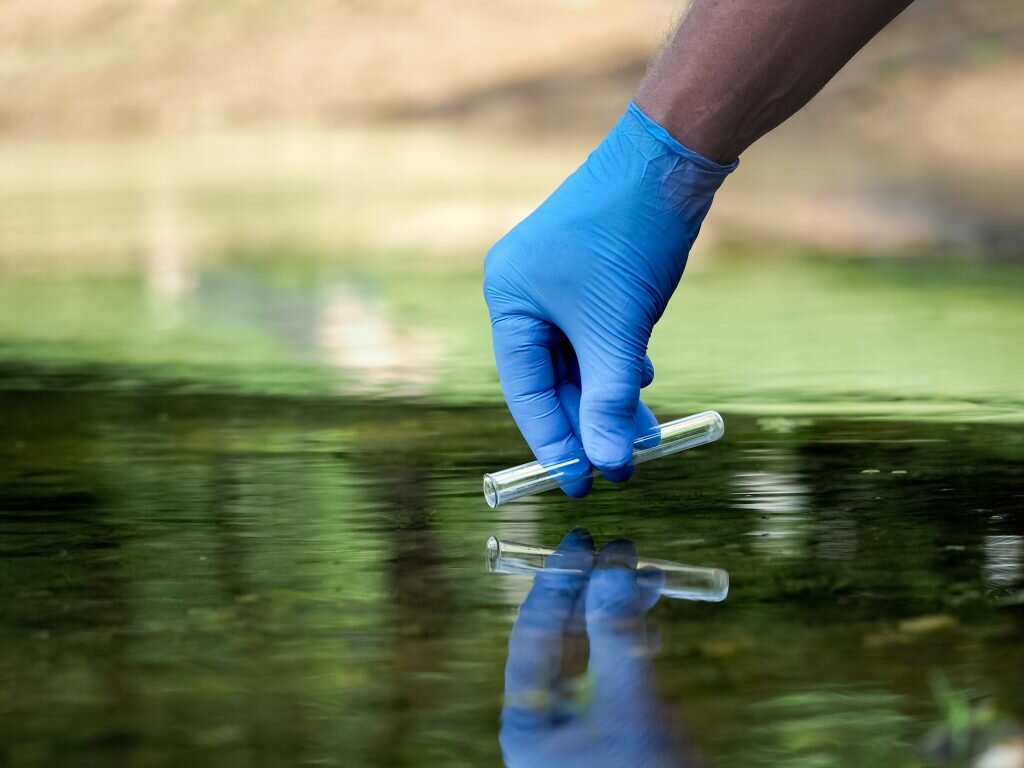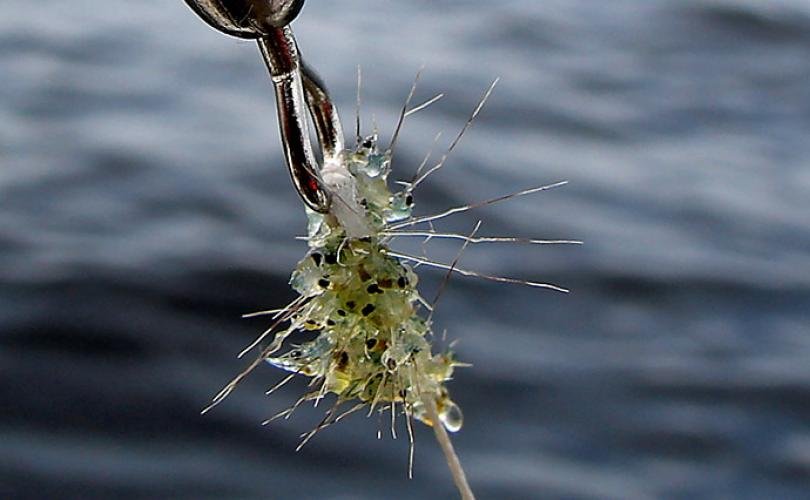
Water Quality Initiatives
Water Testing
Courtesy of our Lake Steward, Tim Hagarty, the latest water test results for our four lakes are now available. (Links below.)

-
Phosphorus
-
Secchi
-
Calcium
U-Links Projects
MACA partners with U-Links on environmental monitoring projects. The U-Links Centre for Community-Based Research works with community partners, faculty and
students to deliver research and community service learning services to Haliburton County.
Invasive Species
Invasive species disrupt our local ecosystems causing a great deal of harm. Most are introduced by human activities. That’s why each of us has a part to play in preventing and controlling them.
Prevent the Introduction and Spread of Aquatic Invasive Species.
-

Chinese Mystery Snail
The Chinese Mystery Snail has been found on lakes in the Haliburton area. It achieves very high densities and adversely affects aquatic food webs. It competes with native snails for food and habitat and may contribute to their decline. They may also transmit parasites and diseases. To ensure we are appropriately vigilant in preventing Chinese Mystery Snails, Tim Hagarty, MACA Lake Steward, has participated in training on how to spot and identify this invasive species.
-

Zebra Mussels
They live on phytoplankton, which is a core element in the food chain and therefore have an adverse effect on many native species. From a human perspective, they have a positive and negative effect. An adult can filter one litre of water per day, so they make the water more clear. But they attach to hard surfaces and cause millions of dollars in damage to power generating facilities, water treatment plants and home/cottage water intakes.
-

Spiny Water Flea
Its lifespan varies from several days to a few weeks, and females may reproduce with or without male involvement. Eggs can become dormant over long periods of time - over winter and even out of water. They feed on zooplankton and can consume three times as much food as native species. Although not harmful to humans, they can have an adverse effect of native species that rely on a zooplankton food source.
-

Eurasian Water-Milfoil
Eurasian watermilfoil is an invasive, alien aquatic plant that is a perennial native in Europe, Asia, and northern Africa but has spread to every continent except Antarctica. The plant causes reduced oxygen levels in the water that can kill fish. Thick mats of Eurasian water-milfoil can also hinder recreational activities such as swimming, boating, and fishing. Dense stands can create stagnant water, which is ideal habitat for mosquitoes.
-

Purple Loosetrife
Purple loosestrife is a plant that has spread rapidly across North America and is present in nearly every Canadian province. The plant has the ability to produce as many as two million seeds in a growing season. The plant negatively affects both wildlife and agriculture. It displaces and replaces native flora and fauna, eliminating food, nesting, and shelter for wildlife. ... By reducing habitat size, purple loosestrife has a negative impact on fish spawning and waterfowl habitat.
-

Giant Hogweed
Giant Hogweed really is a giant as it can reach a height of 5.5 metres under ideal conditions, and is one of the most hazardous invasive species. The clear watery sap contains toxins that can cause serious skin problems within 48 hours, particularly when exposed to the sun. Effects include redness, a burning sensation, blisters, and even scaring. Eye contact with the sap may cause temporary blindness, so immediately flush the eyes and seek urgent medical attention. Do not try to burn or compost this plant and it is wise to hire a professional to eradicate it.
Our Wetlands
Protecting our wetlands is important for wildlife habitat, enhancing water quality, and as a climate change adaptation strategy.
Take a look at this video by Fleming College featuring the Miskwabi North Wetland.





